Were Formula 1 to award a word of the year, the winner in 2022 would be 'porpoising', a phenomenon responsible for the eight-year domination of F1 by Mercedes-AMG coming to a juddering halt.
The repeated bouncing motion of a porpoising F1 car is familiar to anyone who has worked on race cars with powerful ground-effect underfloor venturi tunnels. The name comes from the aquatic mammal’s reputation for skipping in and out of the surface of the water as it travels, a movement echoed by the oscillation of the rise and fall of a car.
This is the result of the downforce increasing rapidly as speed rises and the growing low pressure beneath the floor sucking the car closer to the ground. The underfloor aero then stalls, either because of airflow separation at speed or the floor striking the track surface hard. It can even be set off by hitting bumps. The car then rises, because the downforce is briefly reduced, then is sucked down again as the underfloor works as intended again. The cycle then repeats, hence the bouncing motion.
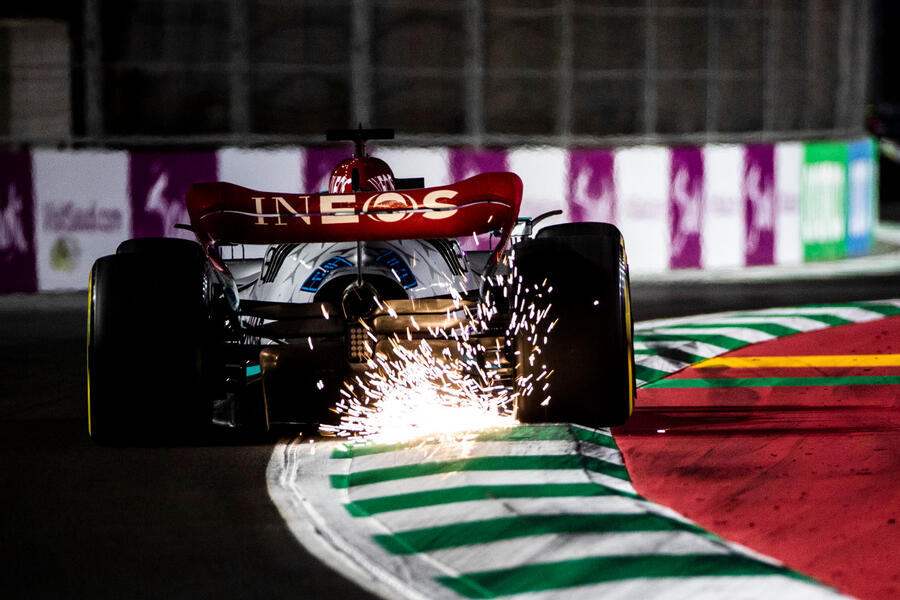
All of this new breed of F1 cars suffer from porpoising to a greater or lesser extent. But porpoising on the straight isn't necessarily a problem, provided that it's controlled and not so savage that it damages the car or driver. It’s a question of how quickly the porpoising stops when you reach a corner and what compromises you make to the set-up to control the phenomenon.
The dynamics of a car at corner entry are everything, doubly so on one whose performance is dominated by aerodynamics. This requires a compliant, consistent mechanical platform and an aero-balance shift as you enter the turn that's both controllable and reliable. A bouncing car is unpredictable.
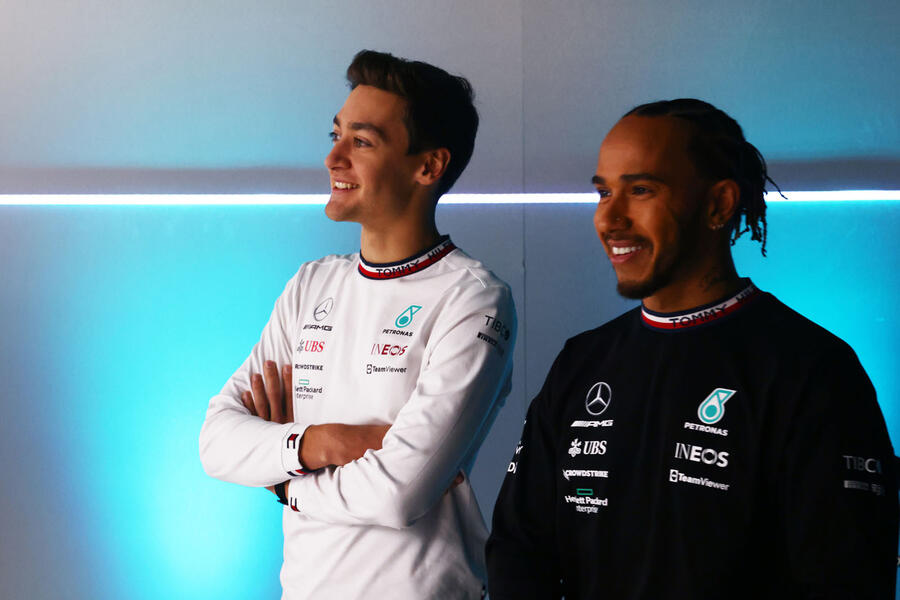
“You can’t really stop it; the only thing you do is come off the gas and just drive slower,” said seven-time champion Sir Lewis Hamilton. “But when the car’s going up and down, it’s bouncing, and if you’re turning in at 200mph and the car is loaded and unloaded, you can imagine it can be quite unstable.”

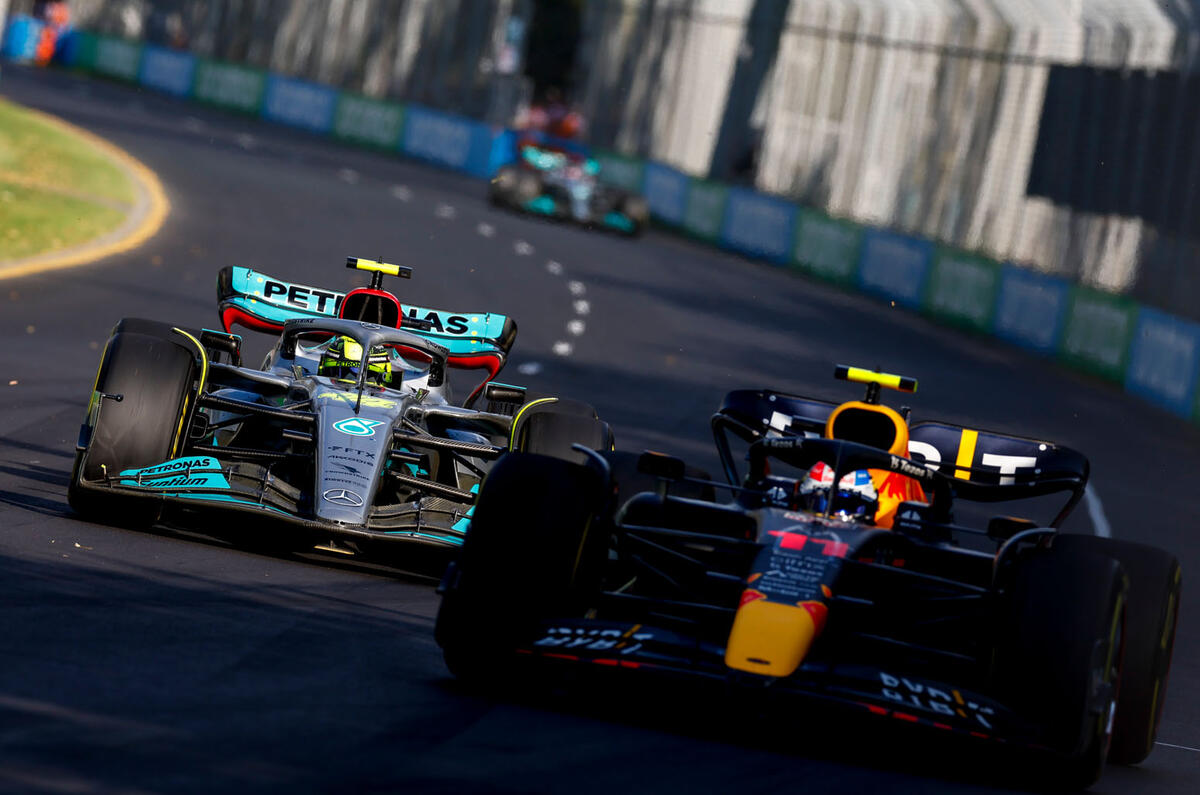
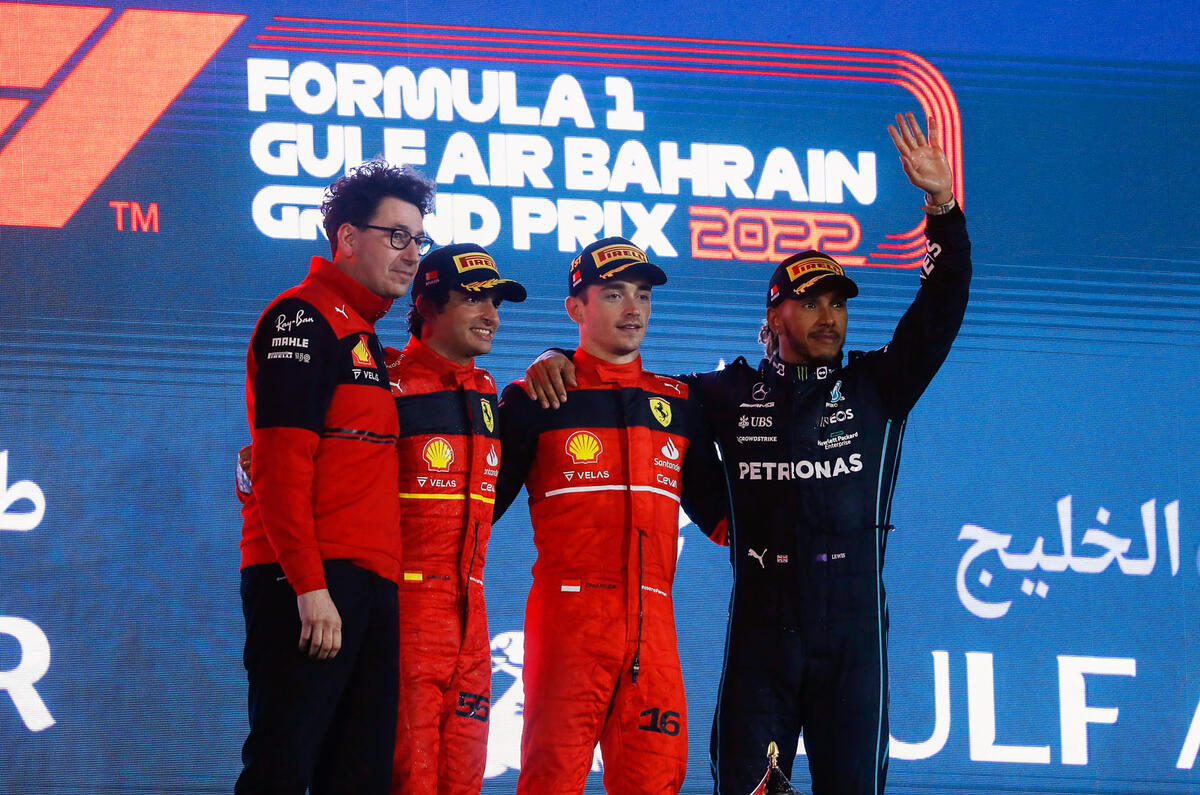
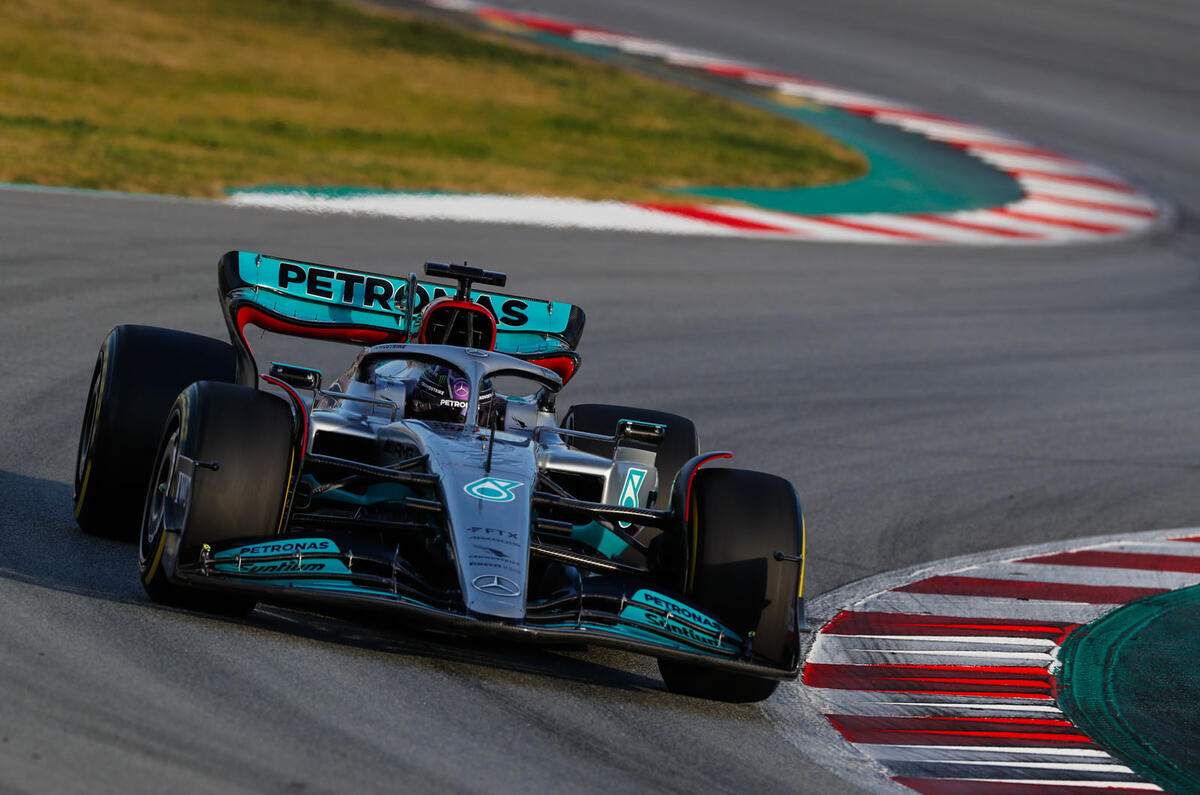

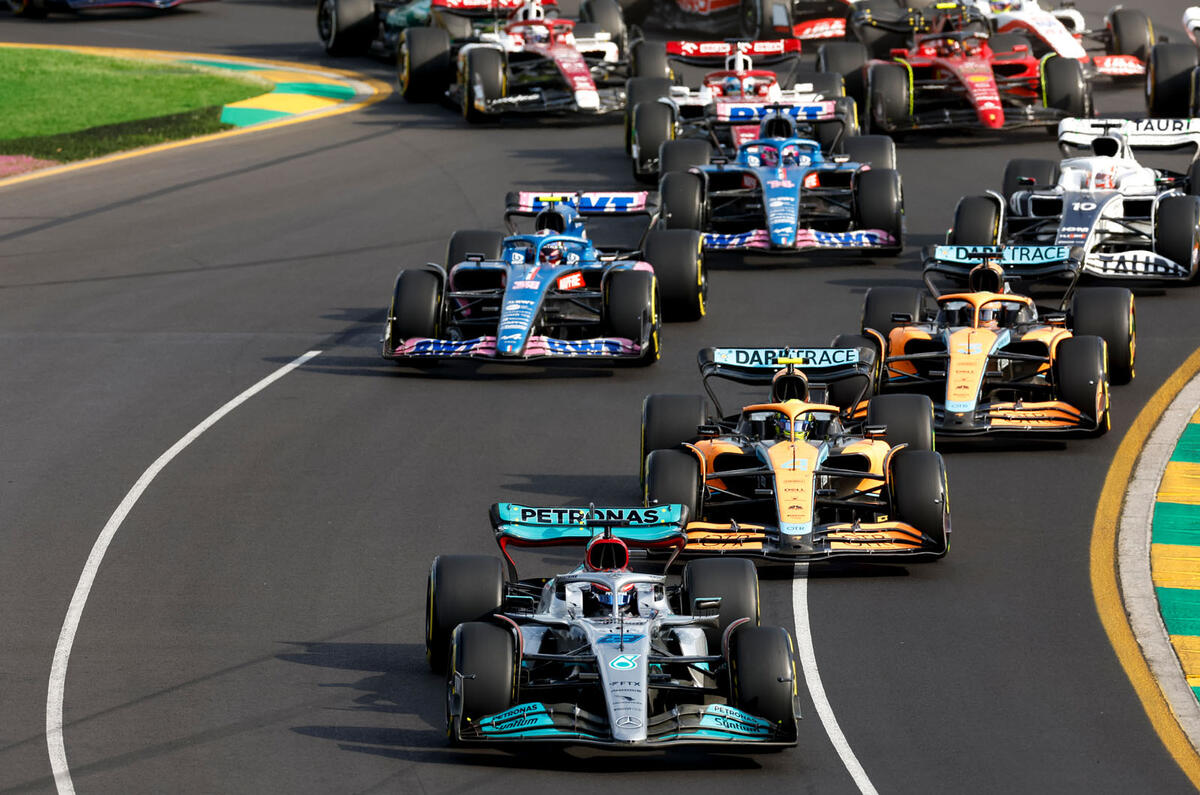
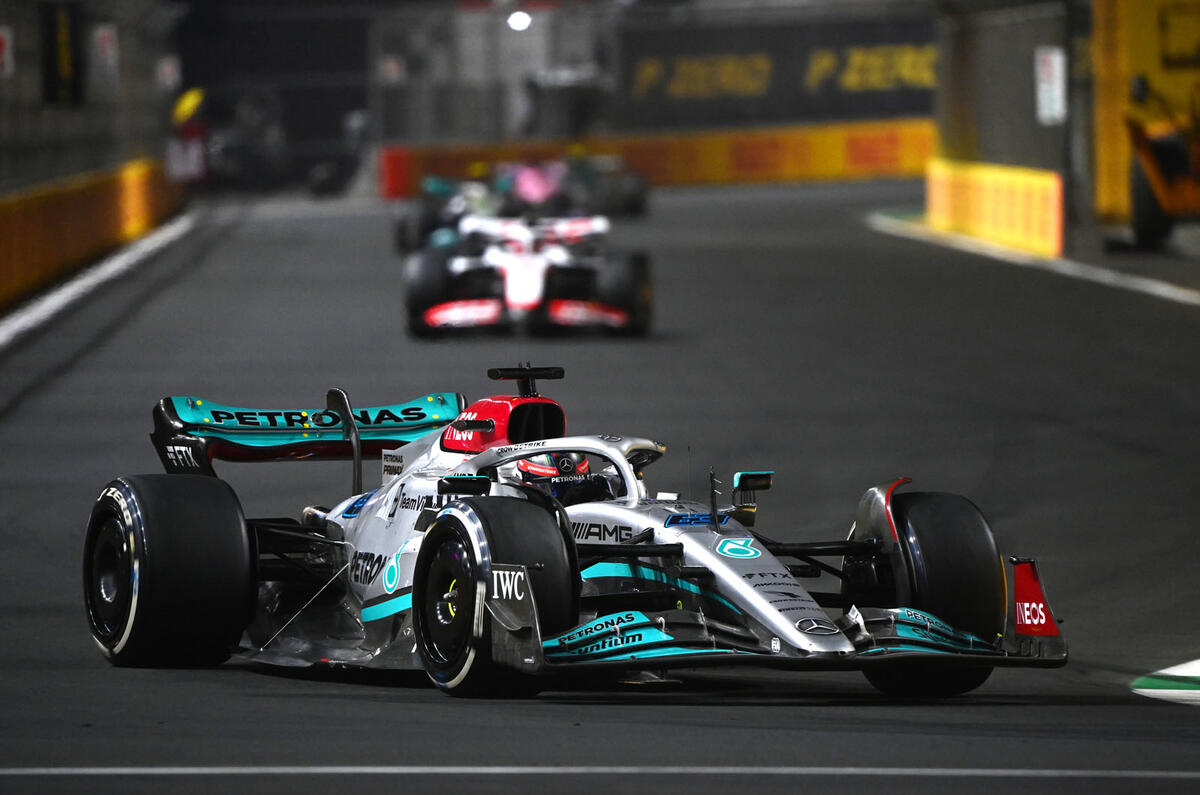
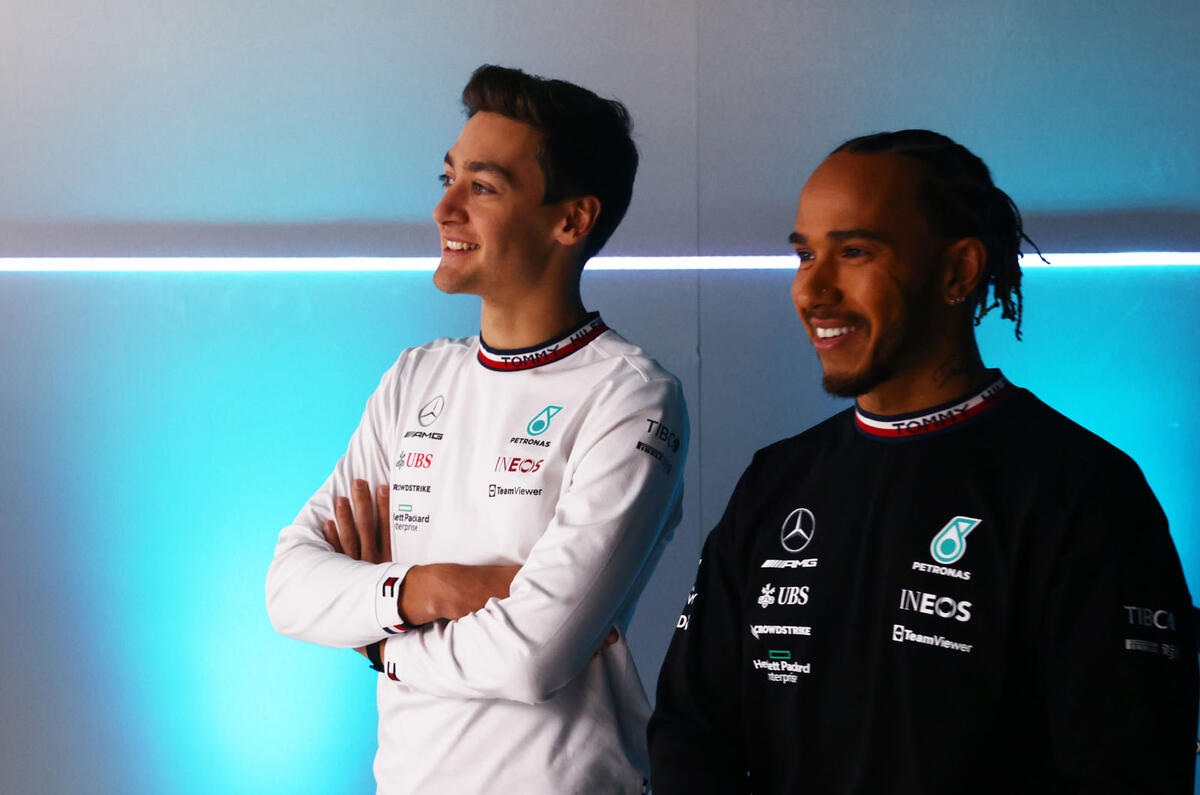
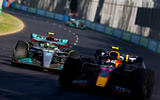


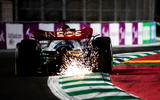
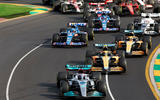
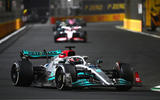


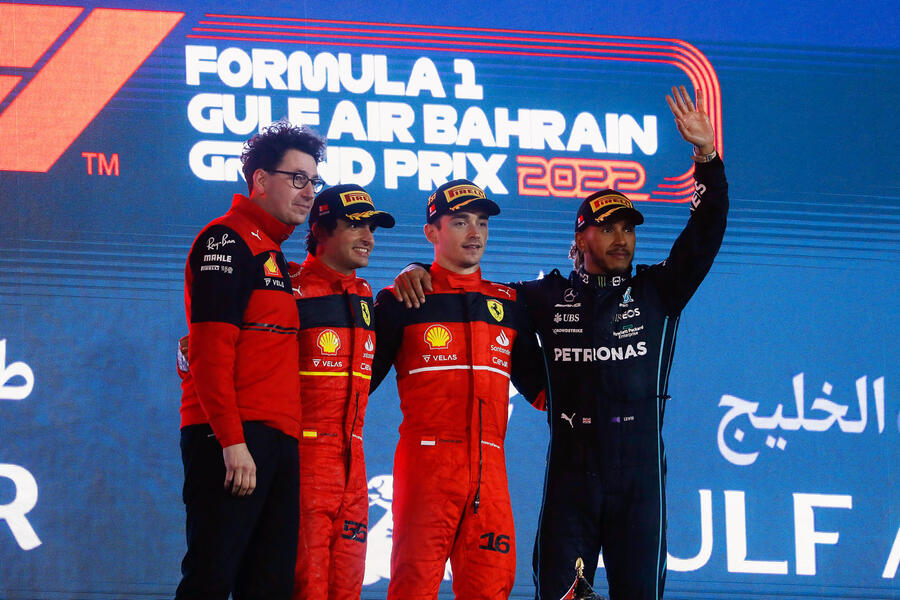
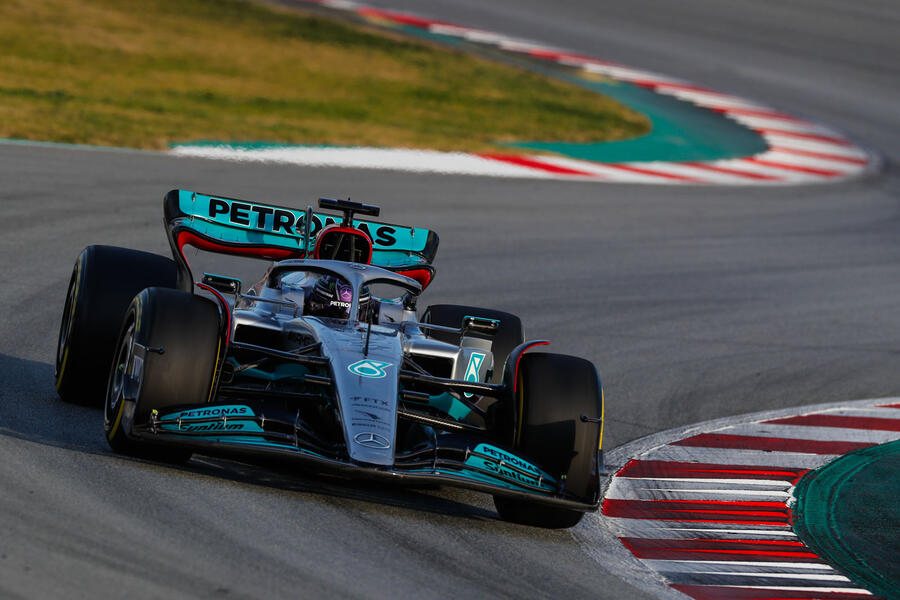

Join the debate
Add your comment
Could it just be that, since the radical reform of the rules governing F1 have effectively neutered AMG's advantage over the past decade , that they find themselves in the pack ,and, the rules have helped the also rains from previous seasons, so, maybe Mercedes has to blame itself for its poor season so far and assuming they'd still be the top team?